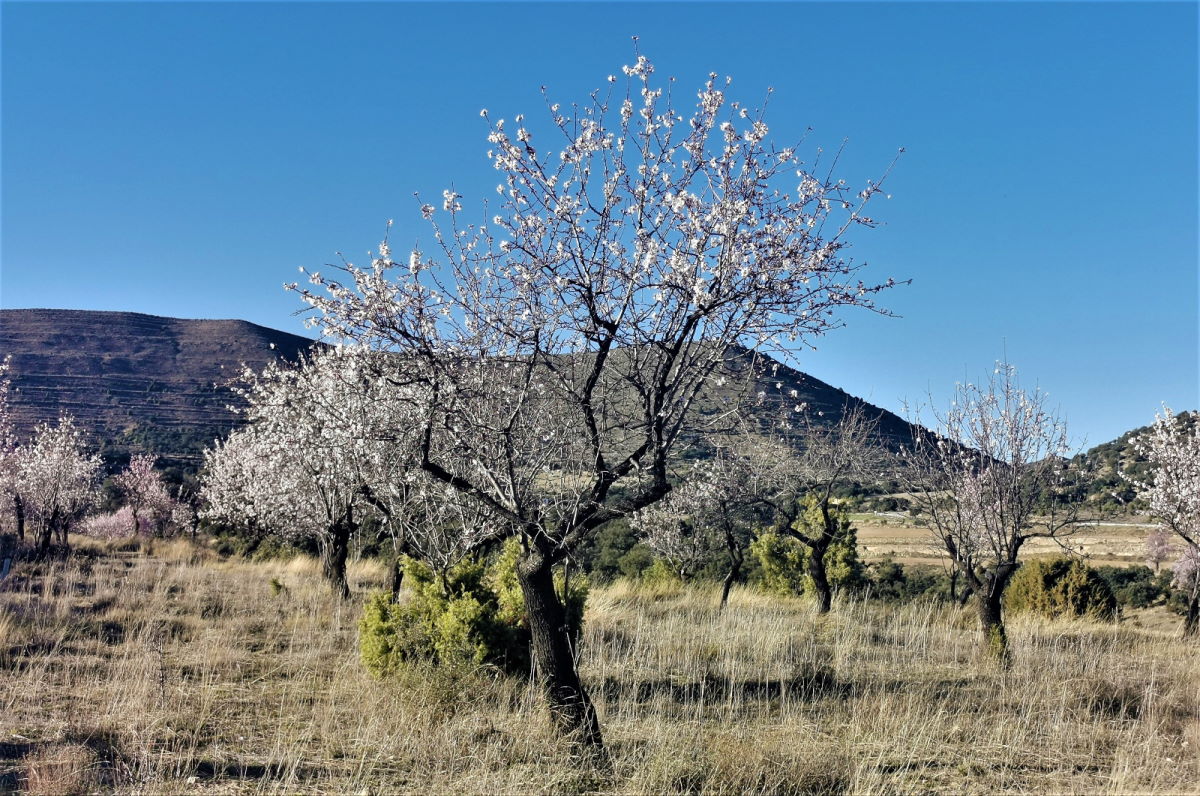
The farm, located between the provinces of Castellón and Teruel, has workable fields, pastures and mountains.
The houses and most of the lands are located in the municipality of El Comarca de Els Ports (Castellón), although part of the lands belong to the Comarca de El Maestrazgo (Teruel). Both regions are limited by the river
Now it is an agroecological farm, which combines traditional knowledge with the most current knowledge. It is based on ecological agriculture, forestry and extensive livestock, in a shared project with neighboring farmers and ranchers.
The Agriculture
The farm cultivates its lands ecologically, and implements agroecological techniques. No chemical treatment is used. It is cultivated mainly cereals, such as wheat, barley, etc. Legumes, products of orchards, truffles and mushrooms are also cultivated. You can also find almond trees, plums, apples and cherry trees, key piece of agrotourism.
The environment offers a multitude of ecological niches for fauna, protect the soil of erosion and soften the climate, which improves the microclimatic and ecological conditions of the environment.
Livestock
The main activity of a zone is livestock. For a long time, Ovina livestock has been one of the most important activities in the area and nowadays, it is part of the estate of the farm. On the other hand, it is one of the pillars of every ecological project because they are able to take advantage of grasses and scrub and change, produce quality food and manure as fundamental for lands.
The objective of the area has to make this traditional livestock through tourism.
The mill
The mill is part of the most typical and preserved mills in the province of Castellón. It was an old flour mill, where skins were also tanned and the fibers of hemp were prepared, which was previously grown in the area. One of the project's objectives is to recover this type of traditional crops.
Reference: Catàlog dels Molins fariners d’Aigua de la provincia de Castellón, Benjamin Barberà i Miralles.
Fauna
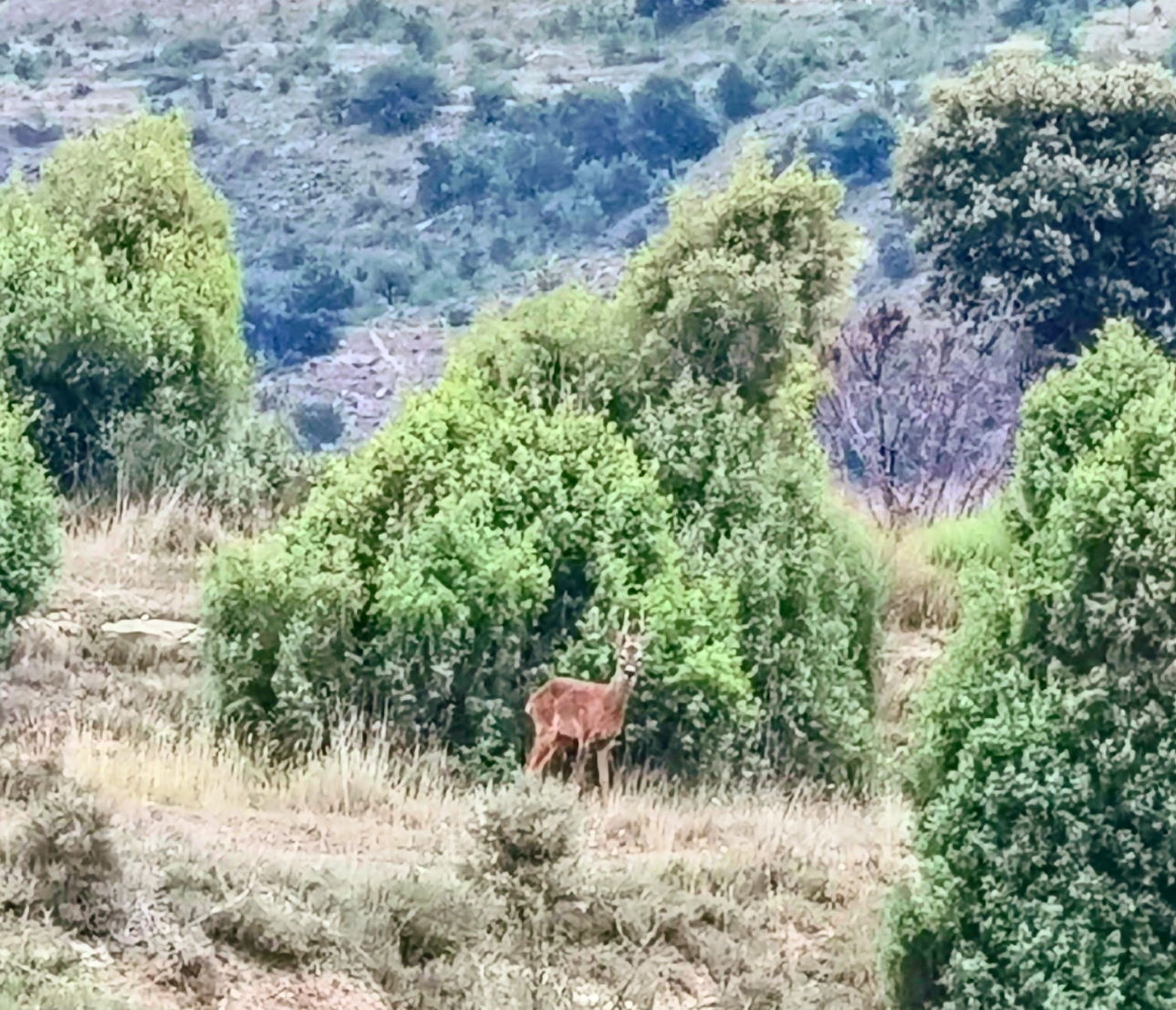 In the counts of Els Ports and the Maestrazgo there is a wide biodiversity that hosts various endemic, rare or threatened species. The site has a mosaic of various habitats that allows the existence of a great biodiversity as species of birds, especially of raptors, diversity of bat, and large species of invertebrates, which help the maintenance of the soil and that are a food supply for many species.
In the counts of Els Ports and the Maestrazgo there is a wide biodiversity that hosts various endemic, rare or threatened species. The site has a mosaic of various habitats that allows the existence of a great biodiversity as species of birds, especially of raptors, diversity of bat, and large species of invertebrates, which help the maintenance of the soil and that are a food supply for many species.
Endemic species:
- The Nugatory Kurtharzia nugatoria
- The mentidoPseudoyersinia paui
- The common BiscuitAnthus pratensis
- The Cogo Galerida tecklae
- The alondra Alauda arvensis
- The pardillo Carduelis cannabina
- The red partridge Alectoris rufa
- The corzo Capreolus capreolus
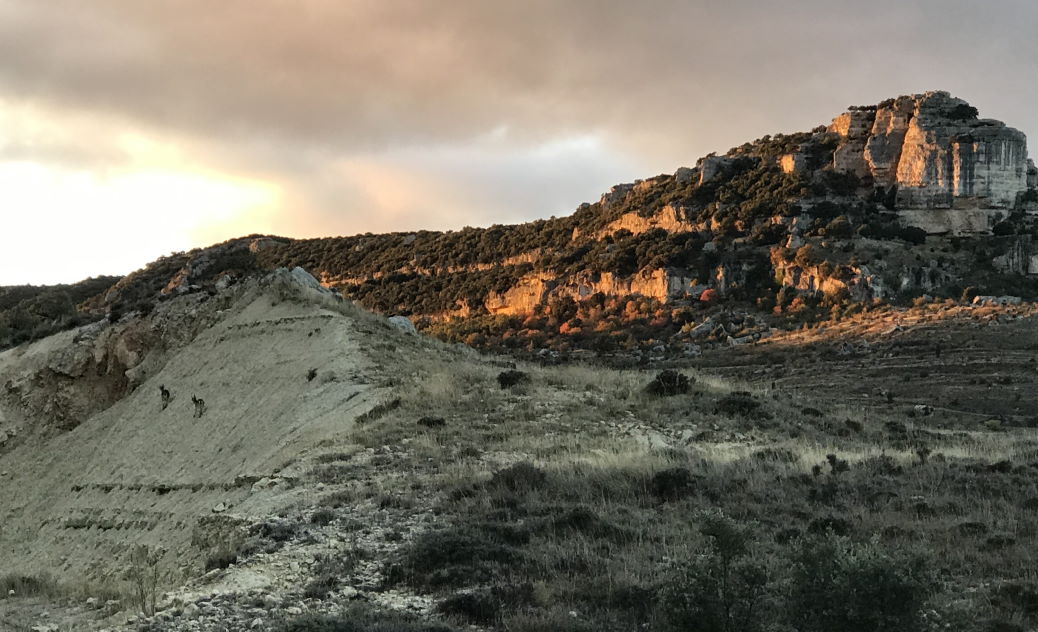 In addition, due to people moving to urban environments, many of the cultivated lands were abandoned. But, over time, the forests grew again approaching human life. Initially disappeared wildlife species, returned in these green spaces, offering a wonderful wild shelter. The territory was considered as the largest Sylvest refuge of the European Union.
In addition, due to people moving to urban environments, many of the cultivated lands were abandoned. But, over time, the forests grew again approaching human life. Initially disappeared wildlife species, returned in these green spaces, offering a wonderful wild shelter. The territory was considered as the largest Sylvest refuge of the European Union.
If you pay attention to your surroundings, you can find maybe a boar, vultures or even deer.
Flora
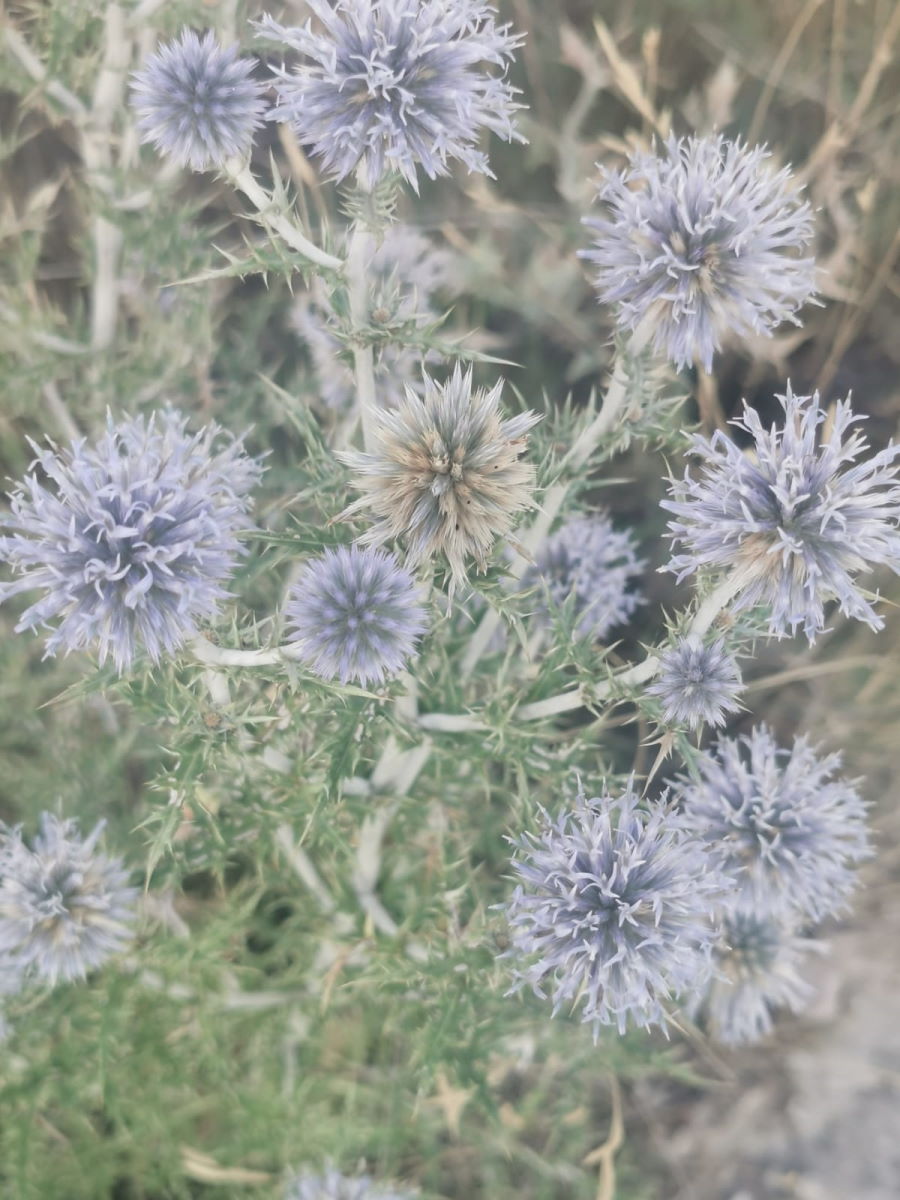 The region is located in the limits of two large florist regions of Europe: the Mediterranean and the Eurosiberian. The climate makes the flora very diverse and rich.
The region is located in the limits of two large florist regions of Europe: the Mediterranean and the Eurosiberian. The climate makes the flora very diverse and rich.
The dominant species are the junks, the oaks, junipers, some sabinas, the poplars in the river area and also a petrobosque rich in medicinal species such as thyme or chamomile.
The geology of the land
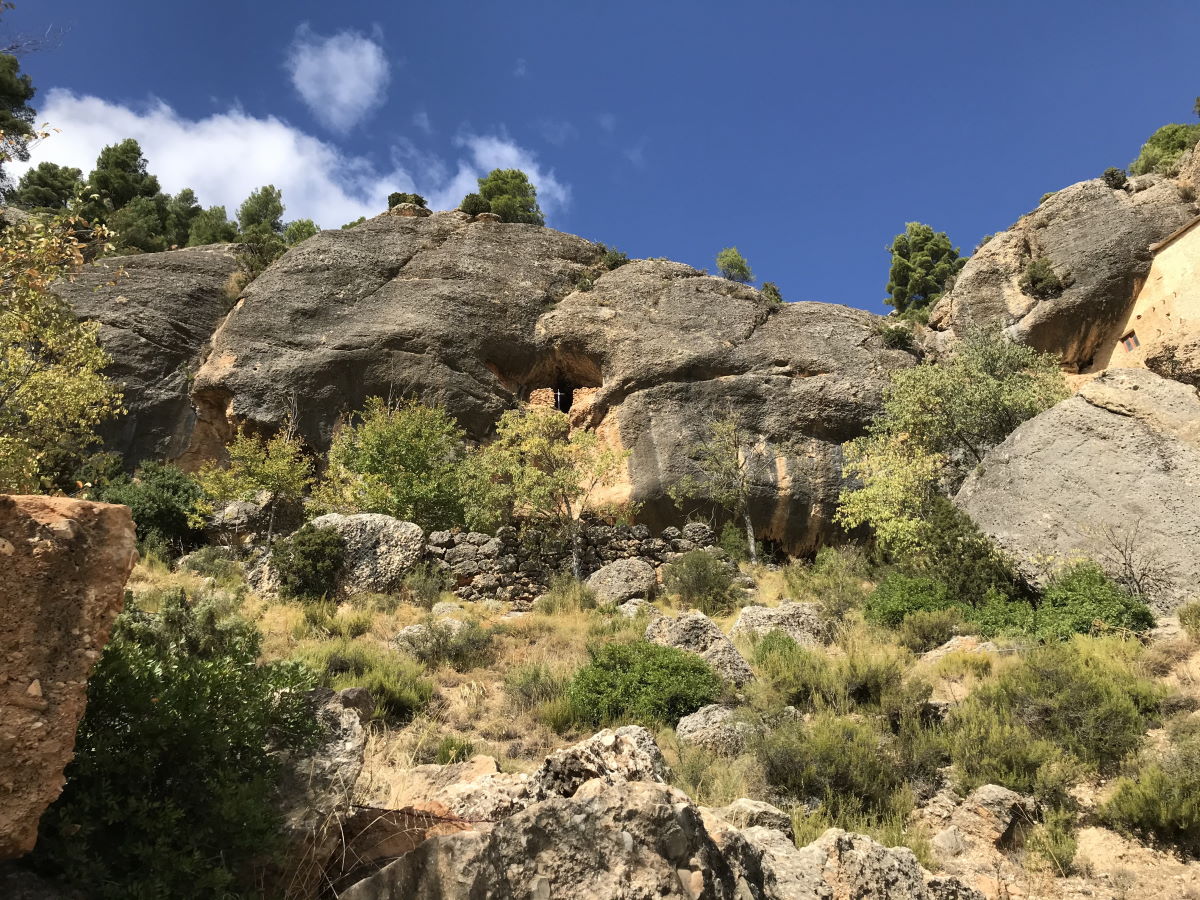 Framed in the Maestrazgo Geoparque, the area stands out for having a precious geological and paleontological heritage. This current landscape was built after millions of years and with successions of periods that caused changes throughout life.
Framed in the Maestrazgo Geoparque, the area stands out for having a precious geological and paleontological heritage. This current landscape was built after millions of years and with successions of periods that caused changes throughout life.
The repeated entrances and outputs of water, earth movements and climate changes, the river network and erosion caused the complete transformation of the landscape, all due to the succession of geological times. These changes have transformed the Landscape of Maestrazgo, offering Rocky Mountains, combustion successions, bordering the river, and impressive reliefs. Throughout this evolution, primitive species have appeared that nowadays are through fossils.
The area is a beautiful land that host traces and findings of the principle of life.
.
The river Torno
 The River Torno crosses the Finca West to East and marks the boundary between the two provinces of the Valencian and Aragon Community.
The River Torno crosses the Finca West to East and marks the boundary between the two provinces of the Valencian and Aragon Community.
It is a small river that is born in the Monchaen Muela de Cantavieja and that runs around 10km until you reach the farm. Because of the climate, it may be dried during the driest summer.
It is a wet area, with riverside trees such as Chopos and Sauces.



